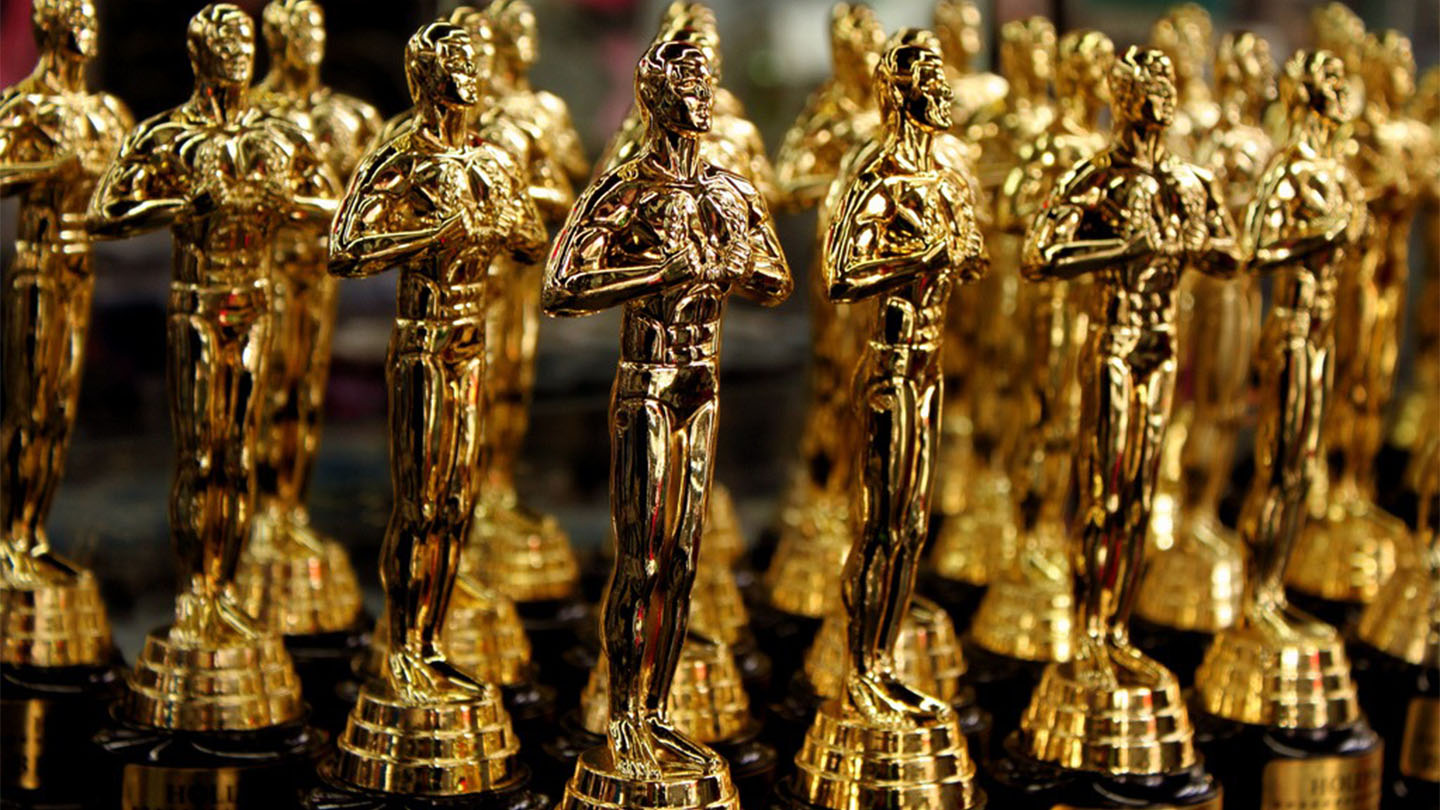This week The Academy of Motion Picture Arts and Sciences made an announcement about axing the television broadcast of four of its awards this year. Best Editing, Cinematography, as well as Best Makeup/Hair and Live Action Short will — for the first time in modern Oscar history – all be awarded during commercial breaks. It was later clarified that truncated versions of these would be interspersed throughout the show’s broadcast on ABC, but the reaction in the film industry was swift and angry.
Spike Lee, Alfonso Cuarón, Guillermo del Toro, and even Russell Crowe made their displeasure clear, and it seemed there was hardly a voice of support to be found for the decision. This may seem inconsequential to many casual viewers, but the disciplines of film editing and cinematography are truly essential to the art form. These are the people who are — literally — filming and putting together the movies we love.
A hundred years ago, a film editor’s fingers would bleed from their endless splicing and cutting, getting shards of celluloid trapped under their fingernails. In 2019, with the aid of a dazzling array of technology, the physical demands may be less but the work still requires sitting in a dark room for 16 hours on end, often for months. For cinematographers, who shoot and help conceive of the look and composition of the image, very close collaboration with the director is typical. It’s hard to understate either role.
Historically, cinematographers have also been inventors and innovators. In the 1940s, Citizen Kane cameraman Gregg Toland invented deep focus, the ability to keep every plane of a shot in focus at once. Jack Cardiff became the master of Technicolor, perfecting the colour schemes of movies like The Red Shoes with a deep knowledge of painting and art history. James Wong Howe, who mastered the dramatic lighting of film noir, also put together an early version of a handheld camera and roller-skated around with it to capture the shots he wanted. Before Easy Rider was shot in 1967, filmmakers tried to avoid catching lens flare if they shot into the sun — but DP Harrison Arnold embraced it, creating a trend that continues today. In contemporary times, the fields of 3D and digital cinematography are gaining in advancement, and the more recent Oscar winners in this category have reflected changing tech: Emmanuel Lubezki for Gravity, Robert Richardson for 3-D film Hugo, and Claudio Miranda for Ang Lee’s Life of Pi.
So what was the thinking behind this short-sighted decision? Presumably Academy president John Bailey, who made the announcement, intended on making the (too-long) ceremony shorter and hiking up viewership numbers. After a letter of protest was sent to the Academy with signatories like Quentin Tarantino, Dee Rees and Martin Scorsese, the rising anger became more difficult to ignore. As to whether the Academy will backtrack, it seems unlikely — they are so far holding firm. Last year, when they floated the idea to add a ‘Best Popular Film’ category, public outcry made them waver, and this year their initial decision to only include two live musical performances was also walked back. It seems that either of these changes would be more welcome than one that actively cancels out the contributions of some of cinema’s most vital behind-the-scenes artists.
There are manifold reasons why shunting these awards to one side is a problem. These often self-effacing individuals are rarely under the limelight. Putting their names in the minds of countless viewers not only expands the career pool for a new generation of film creatives, planting seeds for the future, but it gives them a legitimacy and public recognition they sorely deserve. Beyond that, as The Playlist editor Jessica Kiang pointed out, what does it mean for non-white, non-male winners and nominees when they’re further effaced from the ceremony proper? Last year, Mudbound and Black Panther cinematographer Rachel Morrison became the first woman in Oscar history to even be nominated for her work in the Best Cinematography category.
On the flipside, film editing has long been a female-dominated art, largely because at the beginning of the 20th century it was afforded little importance and treated with assembly-line practicality. But women like Thelma Schoonmaker (Raging Bull, Goodfellas, The Wolf of Wall Street) and Anne V. Coates (whose incredible career stretched from Lawrence of Arabia to Fifty Shades of Grey) would become some of the most distinguished editors in Hollywood. If we want to continue to elevate the reputation of one of the only women-led film disciplines, leaving it off our television screens isn’t the best way to do it.
Industry insiders have made it an annual tradition to scoff at the Oscars and question why the media still gives it undue importance when it has been so categorically wrong, staid, and establishment-heavy in the past. Some defend it on the grounds of The Academy’s undeniable work for the preservation and history of film. Others laud the occasionally excellent decision (Moonlight for Best Picture, for example) and try to forget the rest. Many more equate Oscar success with a sign of what will be greenlit in the future or how progressive the industry is. But the fact remains that for many uninitiated viewers who want to know who has won these most famous of movie accolades, the biggest takeaway is the simplest.
If these essential disciplines are left out, it’s all the less likely anyone will notice, appreciate, or aspire to them. And where would cinema be then?


